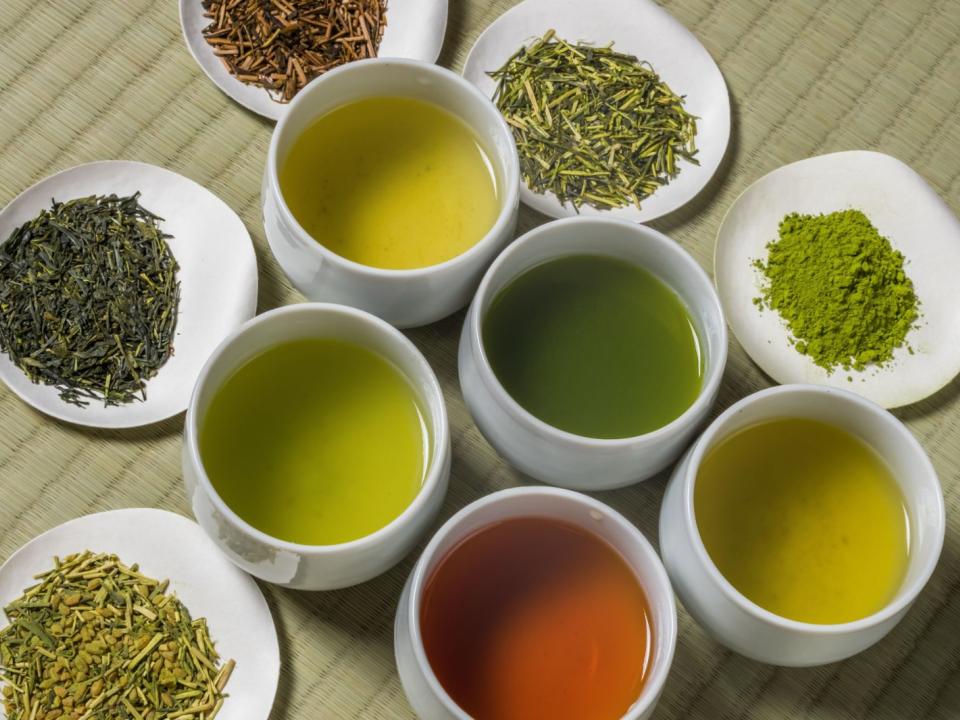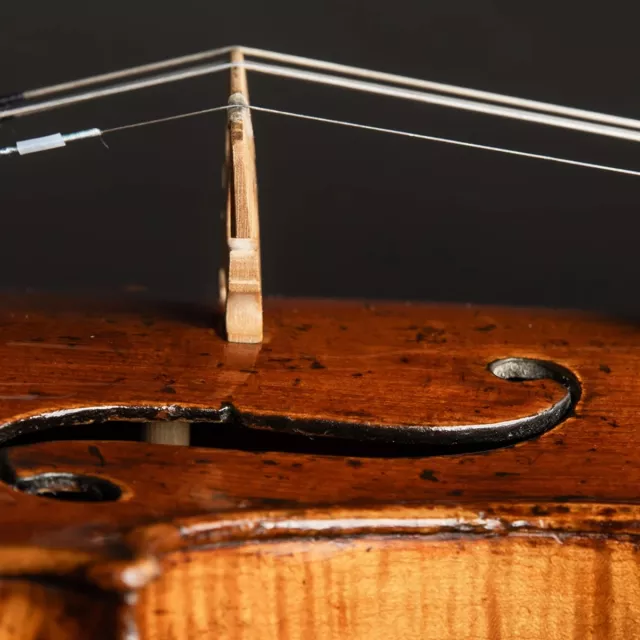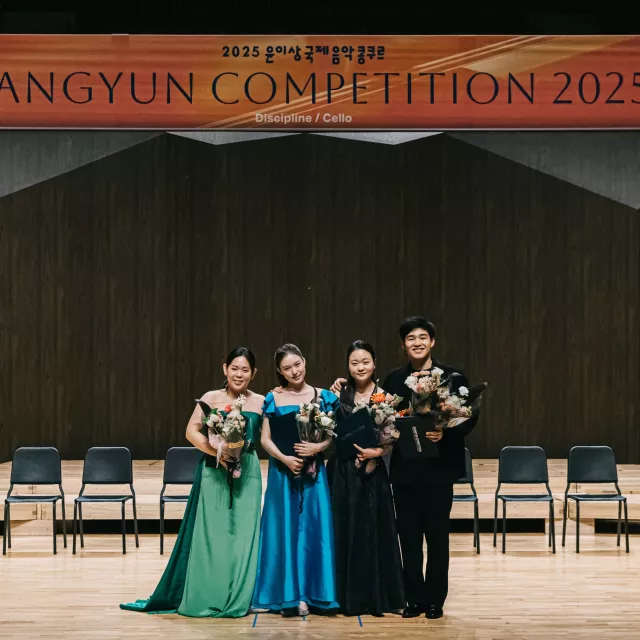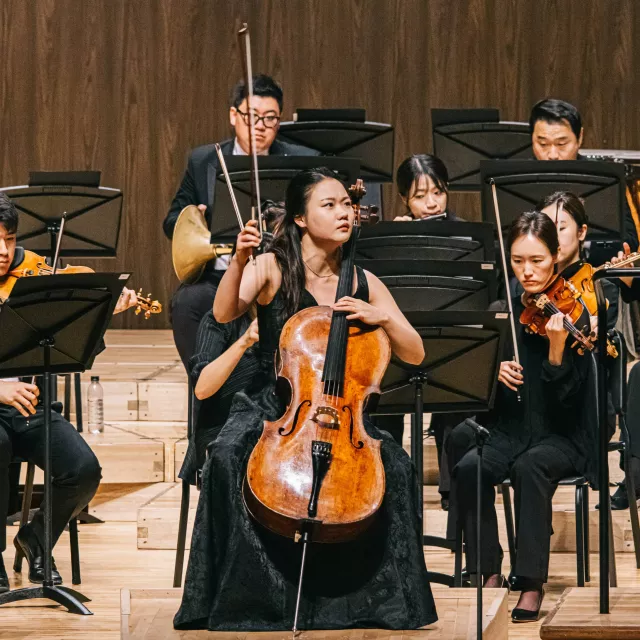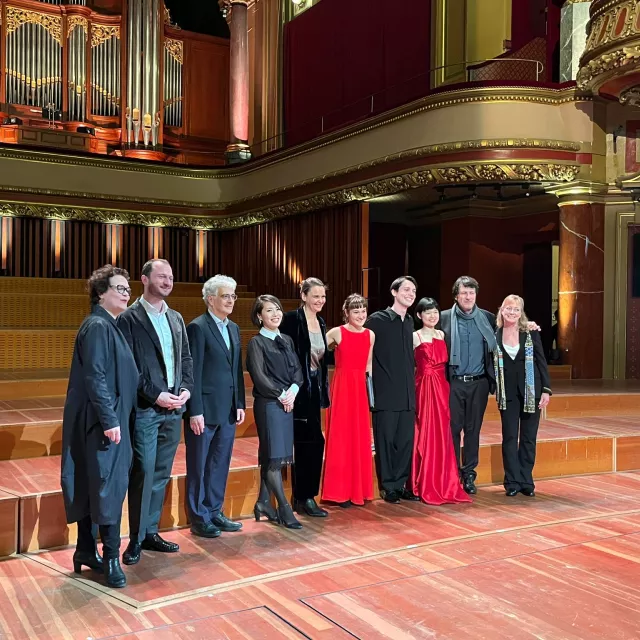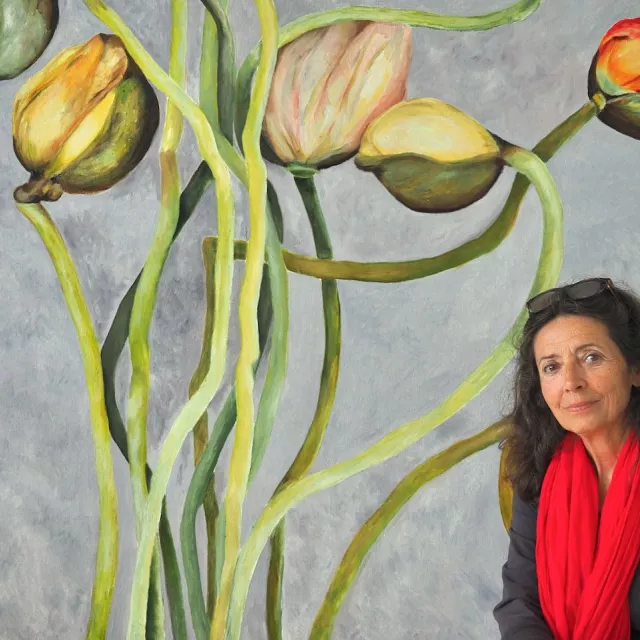Hamamatsu Diary Vol. VI TEA- A Matter of Taste
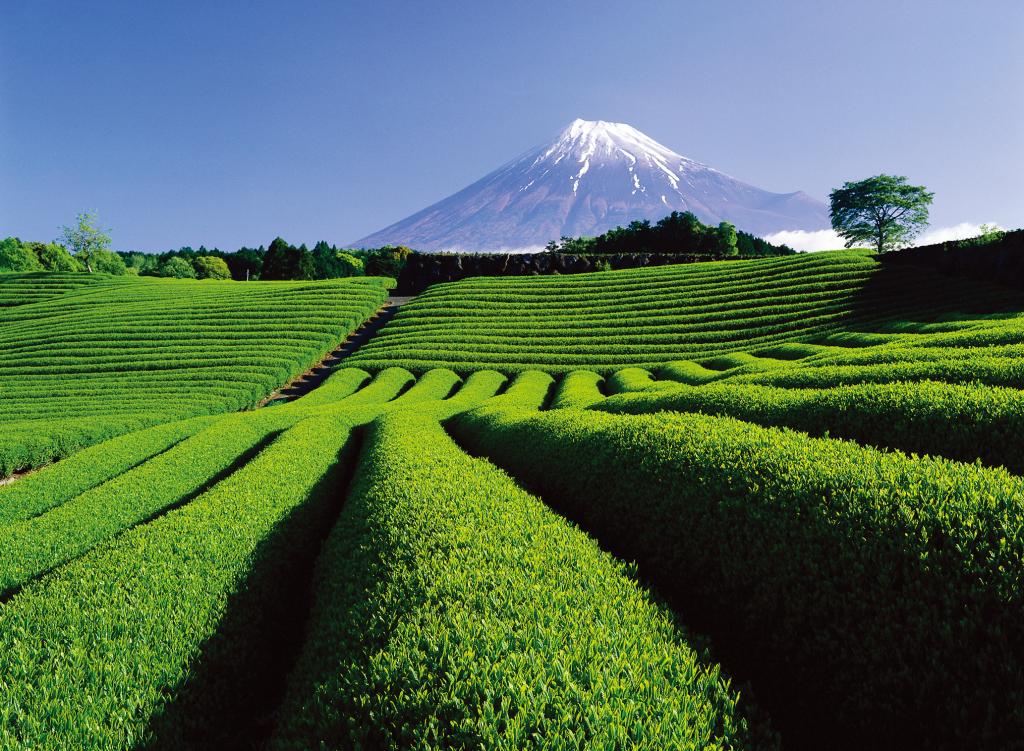
Knowing your way through the Tea Jungle of Japan
Japanese people love tea. Especially so in Shizuoka prefecture, which is where Hamamatsu is situated. Shizuoka produces around 40% of all tea in Japan and boosts the highest number of tea producers around the country.
But no matter where you are in Japan, you can enjoy all kinds of tea, and here is a quick overview to help you understand the difference between the various kinds. Tea can be enjoyed just about anywhere- it may be served for free in a restaurant along with your meal; you can have it the traditional way together with Japanese sweets in a tea house, or you can simply buy a bottle (hot or cold) from a vending machine. What mineral water is in Europe and sugary soda in the United States is tea in Japan. It comes in all kinds of sizes and flavours, and you can have it at any time of the day.
Japanese tea is commonly called green tea, or Ryoku-cha (緑茶) in the country. It comes in several kinds.
Matcha (抹茶) or “powdered Japanese green tea”
Matcha is finely ground powder of specially grown and processed green tea leaves, traditionally consumed in Japan. Matcha is often served in a particular way, called "Sadou", in other words: “teaism,” “the way of the tea” or “tea ceremony.”
It is a traditional way of drinking tea served together with Japanese sweets .
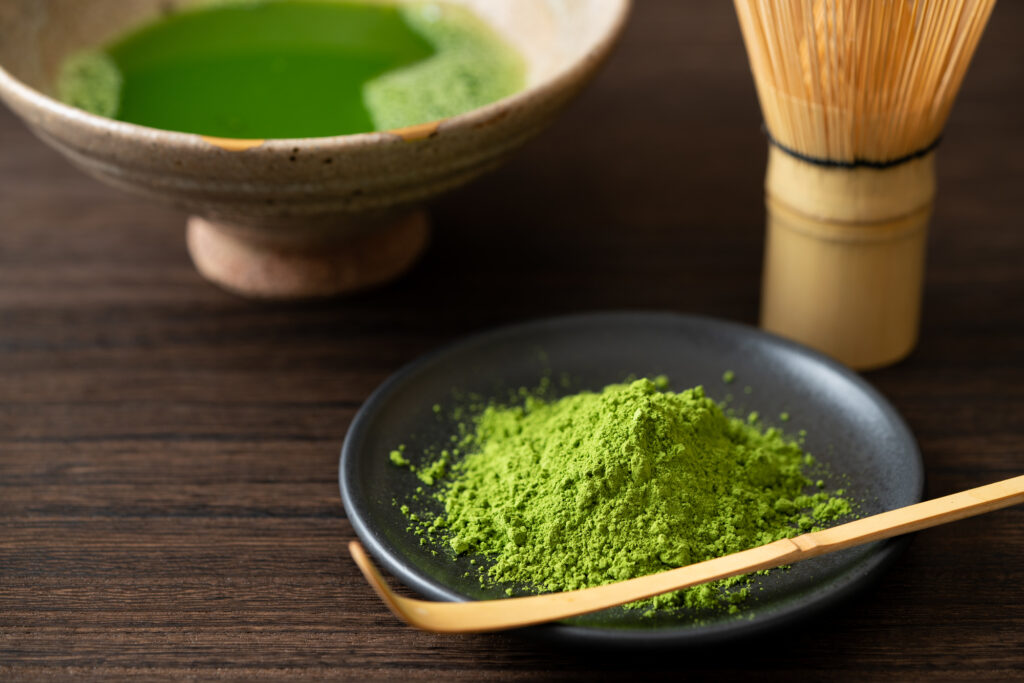
Sencha (煎茶)- infused tea
Like commonly used black tea, Sencha is prepared by infusing the processed whole tea leaves in hot water. This is as opposed to matcha, where the green tea powder is mixed with hot water and therefore the leaf itself is included in the beverage. Sencha is the most popular tea in Japan.
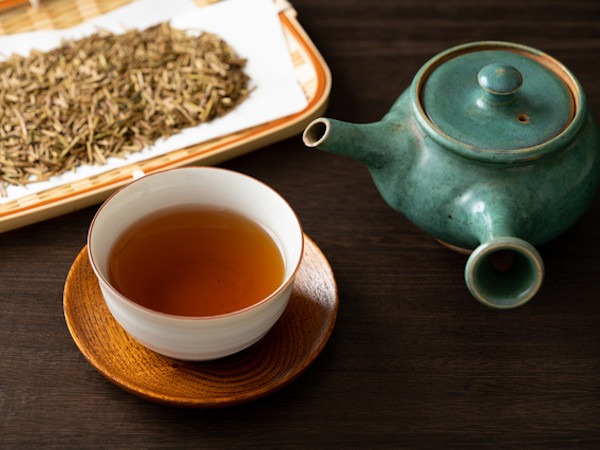
Hōjicha (ほうじ茶)- roasted tea
Hōjicha is green tea roasted in a porcelain pot over charcoal. It is roasted at 150 °C to prevent oxidation and to produce a light golden color, as opposed to other Japanese teas which are steamed. In general, the base of a Hōjicha consists of leaves from the second harvest or after.
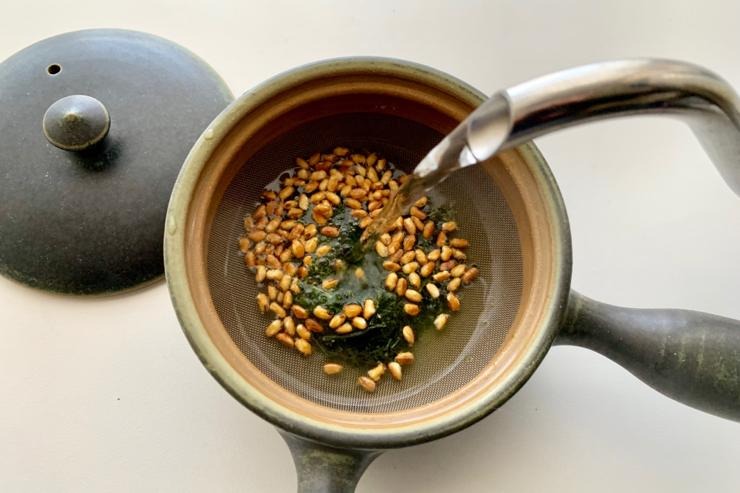
Genmaicha(玄米茶) or “brown rice tea”
Genmaicha is a Japanese brown rice green tea consisting of green tea mixed with roasted and popped brown rice. It is sometimes referred as "people's tea", as the rice served as a filler and reduced the price of the tea, making it historically more available for poorer people.
It was also used by people fasting for religious purposes.
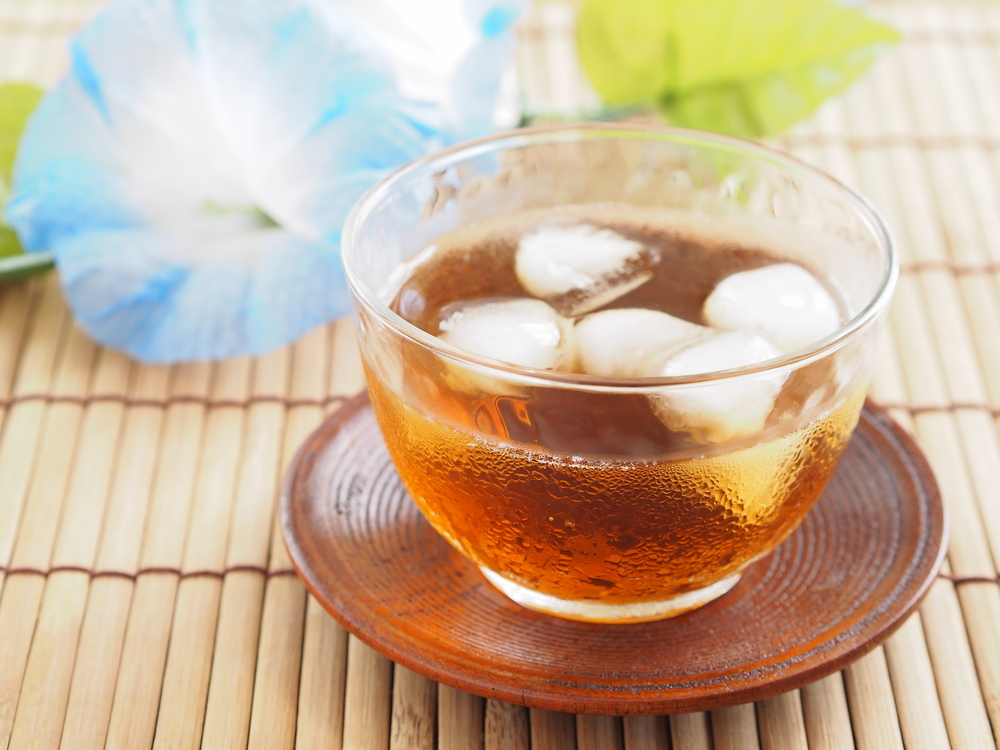
Mugi-cha (麦茶) or “Barley tea”
Mugi-cha is not part of the green tea family, but nevertheless a very popular tea in Japan. Barley tea is a roasted-grain-based infusion made from barley. It is common across many East Asian countries and has a toasty, bitter flavor. It is usually served cold and is a popular summertime refreshment.
If you like the taste, you should know that it is an inexpensive, flavorfull and easy-to-make beverage which is also a nice gift as it is not usually found in Europe. You can even buy tea-bags which work without any hot water- simply pour cold water over it and enjoy.
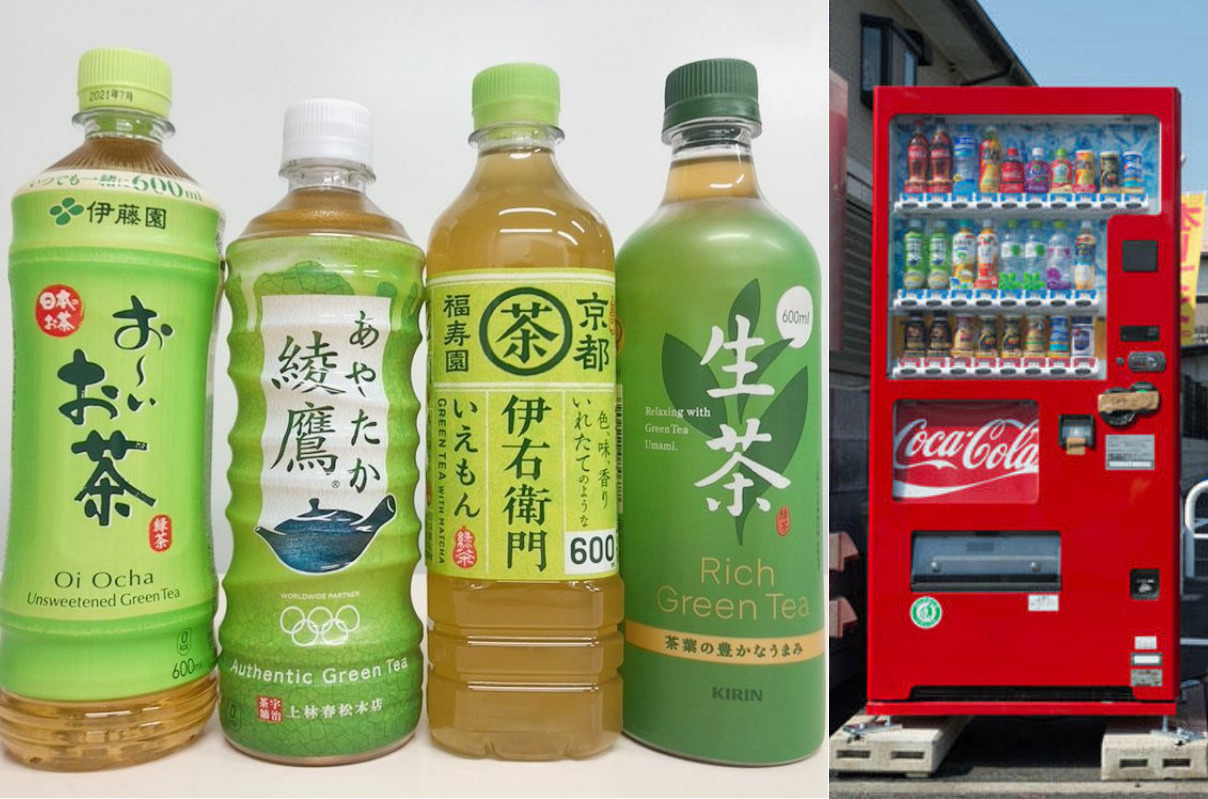
Looking for a quick refreshment while on the road? Like water, orange juice, sports drinks and coke, you can also find Japanese tea in Vending machines in Japan- pretty much at every corner. There are plenty of variations- bitter, no-caffeine, sweet, hot, cold... a fun way to experience Japanese flavours. Here is an overview of major brands as pictured above, from left to right:
“Ōi ocha” (お〜いお茶) of Itoen - famous for the relatively sweet taste and soft flavor
“Ayataka”(綾鷹) made by Coca Cola- very high quality bitter taste as it was brewed in a teapot
“iemon”(伊右衛門) of Suntory - rich in aroma and flavor, original bright green color
“Namacha”(生茶) by Kirin- "raw" tea, simple and tasty
We trust you will enjoy the different teas in different places all around the country, experience their differences big and small, and discover the vast world of Japanese tea.
©WFIMC
